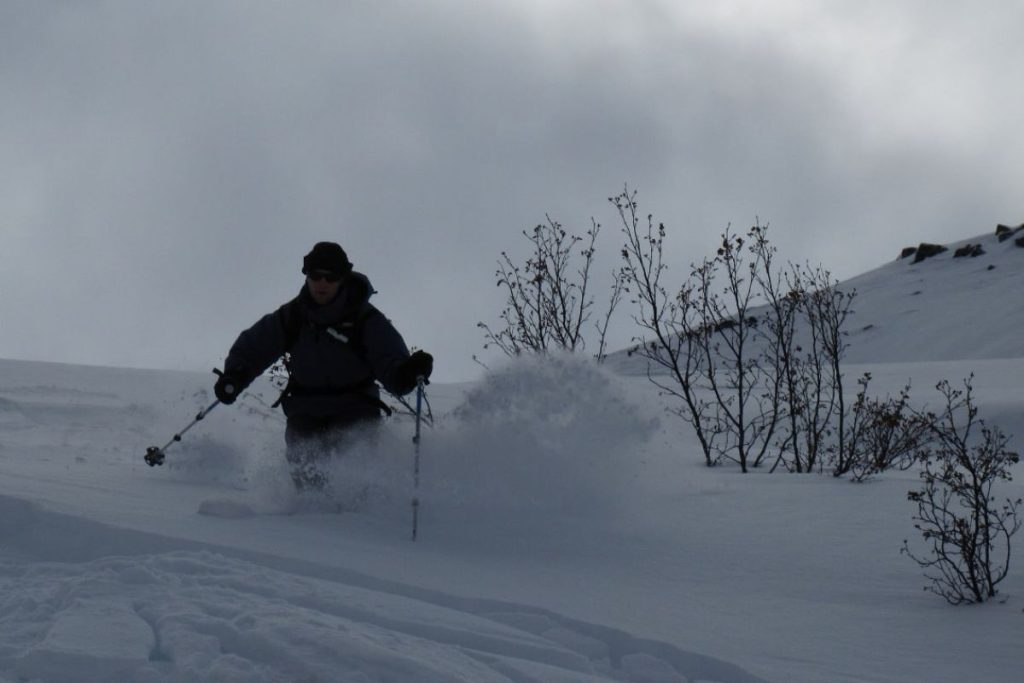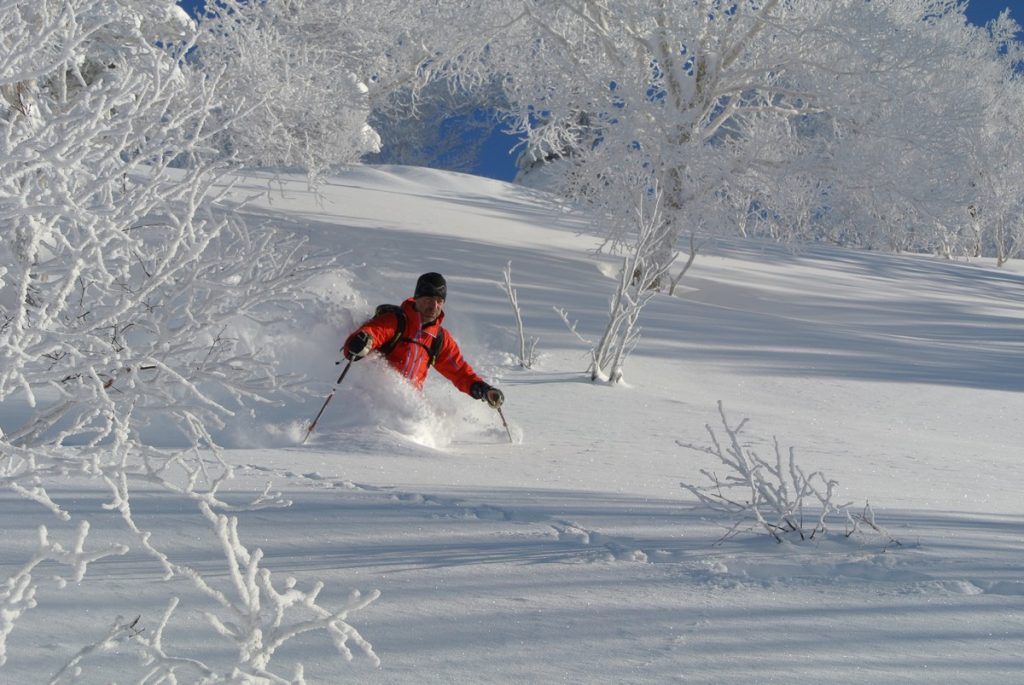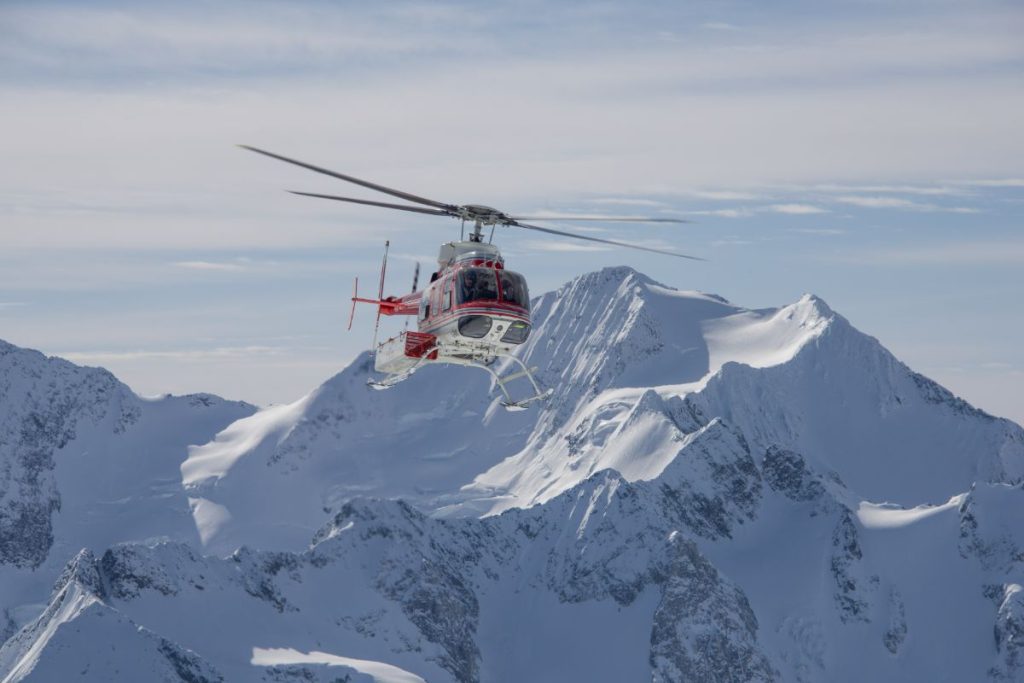For many thrill seekers, the tame slopes of a ski resort do not offer the excitement they’re looking for – this is where off-piste skiing offers an excellent alternative. The popularity of this adventure-based sport has increased over the past couple of years as skiing has become more accessible to more people. And yet, even though wilderness skiing has seen a rapid growth in participation, many may still be hesitant to give it a try.
At Pure Powder, we are passionate about all forms of skiing and offer a wide variety of guided tours and ski resort destinations. Our ultimate goal is to source and organise the perfect ski trip for avid skiers and novices alike. We are also passionate about the natural world around us and want to encourage more people to experience the beauty of nature themselves. An off-piste skiing adventure is the perfect way to do just that.
This article aims to encourage and educate our readers on off-piste skiing. The best way to accomplish both goals is to go through several critical aspects of preparing for an off-piste skiing adventure. In the piece below, we will cover everything from defining “off-piste” to highlighting some vital skills needed to participate and even some preparation tips.
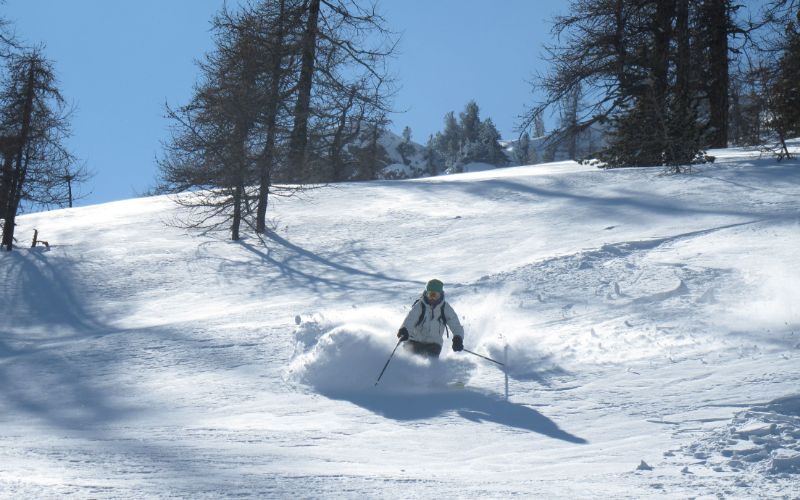
Understanding Off-Piste Skiing
The term “off-piste” alone may sound foreign to many. What does this form of skiing entail, and how does it differ from the other skiing adventures you can book through Pure Powder?
The best way to begin mastering any sport or activity is by first understanding it. In this section, we will start by defining this form of skiing while also covering how it differs from other skiing activities. To ground the activity in reality, we will highlight some possible challenges you may face and the unique rewards this form of skiing offers.
Defining The Adventure
As you may have already suspected, “off-piste skiing” is a French term. “Piste” refers to a ski run, generally of compacted snow. So, the term “off-piste” refers to a form of skiing that takes place away from prepared ski runs. This means that off-piste skiing generally happens away from ski resorts, in what can be referred to as the backcountry or the wilderness.
For many, the great attraction to wilderness skiing is that, unlike resort skiing, you can access untouched snow conditions that have not been compacted by countless previous runs. The condition that many off-piste skiers seek is powdered snow which offers smooth skiing and enthralling sensations. But more than that, this skiing also provides a sense of adventure, out in the wild, that is impossible to replicate with resort skiing.
Wilderness skiing also differs slightly from helicopter skiing. While both involve backcountry skiing, heli skiing relies on helicopters to effortlessly transport you to the beginning of your run, whereas an off-piste adventure requires skiers to first hike through the terrain to get to the start of their run.
Challenges And Rewards
The challenges and rewards are unique to off-piste skiing, providing those who participate with a once-in-a-lifetime experience they will remember for the rest of their lives. So, let\’s review some of the challenges you may face on an off-piste adventure and the rewards that come with it.
Challenges
Terrain And Snow Variability: Unlike ski resorts with maintained, groomed and graded ski runs, the slopes can change quickly while out in the wild – from ever-changing terrain obstacles like fallen trees or cliff faces to rapidly changing snow conditions. An off-piste skier needs to be adaptable to their environment.
Isolation: Because off-piste skiing generally takes place in nature, skiing parties are relatively isolated. This means that communication in case of emergencies is severely limited. Furthermore, these trips do not offer the same level of comfort and resources as other skiing forms due to the isolating nature of being in the backcountry.
The Physical Toll: Out of all forms of skiing, off-piste skiing is by far the most physically taxing. As mentioned above, this is because you are expected to manually cross the terrain by hiking to your skiing destination; you are generally also going to be carrying all of your skiing equipment too.
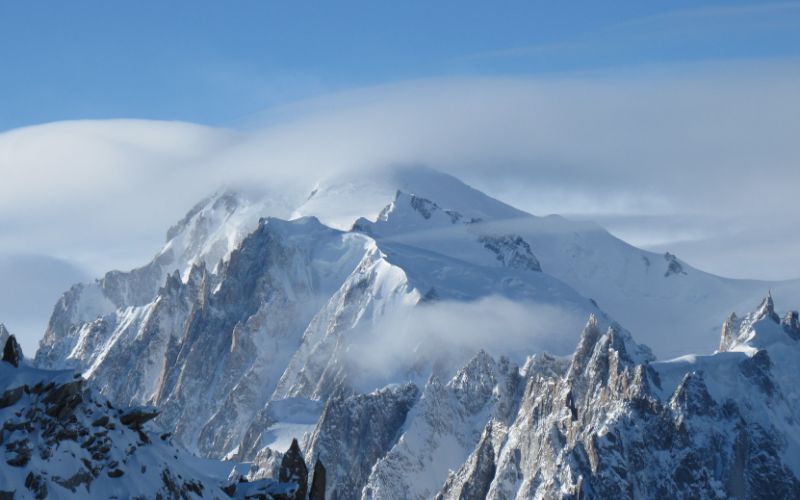
Rewards
Although you may be reading these challenges and thinking that it may not seem worth it, there is a wealth of unique rewards you wouldn’t be able to experience with resort skiing. Some of our favourites at Pure Powder that we usually cite to prospective clients include:
- Untouched fresh powder snow for the best skiing experience.
- A sense of adventure that only physically being in the backcountry can offer.
- A sense of freedom, as you are not restricted by rules set up by a ski resort.
- Challenge and achievement. The challenges listed above will also leave you with a deep sense of accomplishment after overcoming them.
Critical Skills For Wilderness Skiing
Now that we better understand what off-piste skiing entails and the associated challenges of this adventure, the next step is to examine precisely what it takes to participate. Although it is true that, with touring groups like ours at Pure Powder, the bar for participating has been significantly lowered – our professional guides provide essential assistance throughout the experience – there are still several critical skills that we encourage our Pure Powder clients to possess to make the trip safer and more enjoyable. Let us review a few of them in the following section.
Beneficial Advanced Skiing Techniques
One of the critical barriers to entry is simply that you must have some experience as a skier. In the challenges above, we mentioned how the terrain and snow conditions are variable, meaning they could change on a dime. This environment can prove dangerous for novice skiers as they may need help adapting.
At Pure Powder, we generally encourage those looking to participate in an off-trail skiing tour to spend time on groomed slopes and gain confidence and experience in their skiing skills. Furthermore, we also want to highlight some of the skiing skills off-piste skiers should be familiar with so we can ensure their safety while in the wilderness. These can include skiing techniques like:
Tree Skiing: Because you are skiing off-trail, you will often encounter natural obstacles not experienced in a ski resort. Most commonly, this will include groves of trees scattered around the wilderness. Being able to manoeuvre around them adeptly is critical. This includes performing fast, tight parallel turns at a moment\’s notice.
Avalanche Safety And Education
At Pure Powder, one of our core practices is educating and emphasising the need for safety in the wilderness, even when paired with an experienced tour guide. One of the biggest threats that any off-piste skiing guide will highlight is the risk of avalanches. Avalanches can happen quickly and have a devastating impact on your wilderness ski trip. Being well-educated on this topic is vital.
Some of the key points you should look to garner knowledge on before participating in an off-piste skiing adventure should include:
- How to spot the early warning signs of an avalanche.
- Educate yourself on terrain evaluation, including everything from slope angles and elevation to potential trigger zones and the impact wind can have.
- What to do when faced with a potential avalanche.
- Learn about operating avalanche rescue equipment.
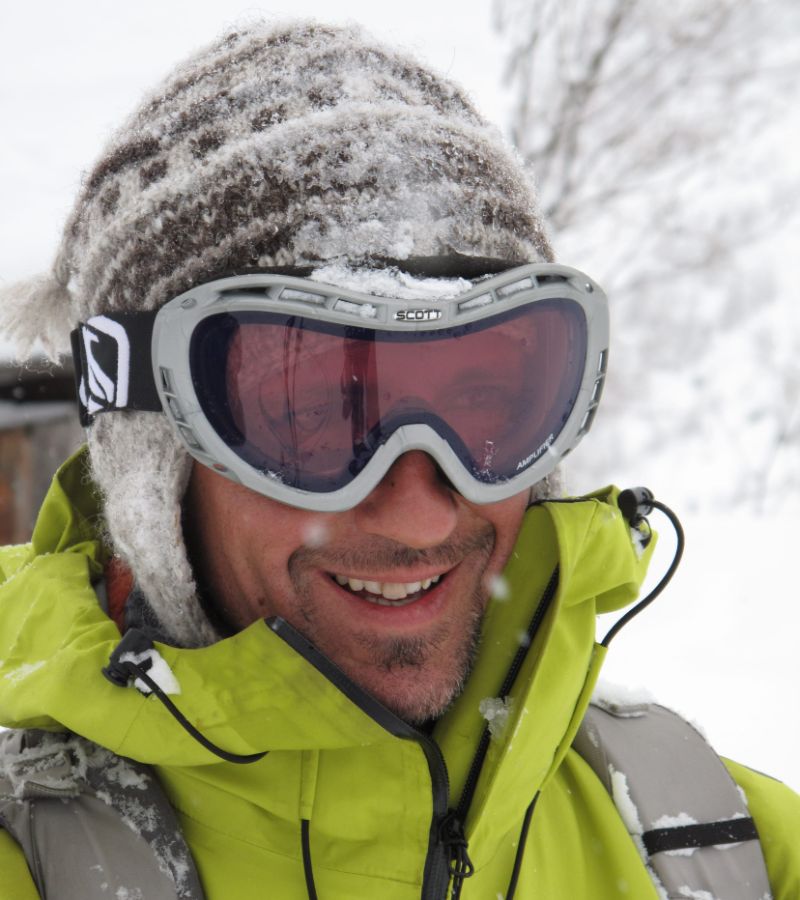
Terrain Navigation
While understanding the terrain in relation to avalanches is one thing, you should also be able to navigate wilderness terrain effectively. Because off-piste skiing, by nature, requires you to hike through the natural landscape with your equipment, there are a few critical aspects of terrain navigation you should be able to handle before participating:
Be physically fit. Not only will you generally be hiking through some rough terrain, you may also be changing altitude while carrying your skiing equipment.
Although a tour guide will generally take control of planning the best route, being clued up on selecting the right routes will benefit the tour group when you are in the wilderness.
Being able to interpret what the weather will do is essential. In the wilderness, the weather can change quickly, and being in a compromising position when the weather worsens can be extremely dangerous. Being able to interpret the weather will also help you dress and equip yourself correctly, making your off-piste skiing trip far more enjoyable.
Preparation Tips
Now that you understand off-piste skiing and are more educated on what skills are required to participate comfortably, there is only one more thing to do – prepare for your wilderness skiing adventure. When you book an off-piste tour through Pure Powder, our team will be there to support you every step of the way.
Our goal is to make the trip as effortless as possible for our clients, and we go above and beyond to ensure that our tour party is wholly prepared before taking off. Although many elements will need to be planned well ahead of any adventure, here in this final section, we want to highlight some essential gear you will need to make the trip enjoyable and safe.
The correct ski equipment for off-piste skiing:
- Free-ride skis are a longer, broader and heavier variation of the generic ski.
- Ski boots that are compatible with the above-mentioned free-ride skis.
- Other essential ski gear includes a proper ski helmet, a good pair of ski goggles and poles.
Functional clothing includes:
- An underlayer that is capable of moisture-wicking (including underwear and socks). Moisture-wicking simply means that it is adept at absorbing moisture like water or sweat.
- A breathable middle layer. This includes breathable jerseys or jackets, which allow for air ventilation while keeping you warm and well-insulated.
- A good quality outer shell. This is generally a jacket that can handle extreme weather conditions, is waterproof, and has good insulation.
Some safety gear you may want to consider taking along:
- An avalanche rescue kit
- A first-aid kit
- A torch
- A satellite phone
Pure Powder And Your Off-Piste Skiing Adventure
This article has sought to provide introductory factors to consider before taking part in an off-piste skiing adventure, from defining this form of skiing to highlighting the skill and equipment needed for an enjoyable and safe trip. Once you have all of this covered, the best way to enjoy off-piste skiing is with a tour group and a specialised service that can plan the trip efficiently and effectively.
Pure Powder is proud to be one of the most popular choices in this market. Not only are all our guides experienced and well-suited to handle tour groups, but our ability to plan ski tours and our reach and influence in the field make it possible for us to offer you the best possible experience. We will help you plan every step of your next wilderness skiing tour, so don’t hesitate to call us today and let us get you booked for an amazingly unique skiing experience.
